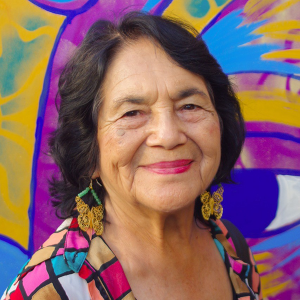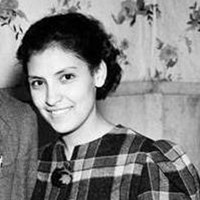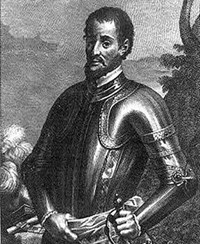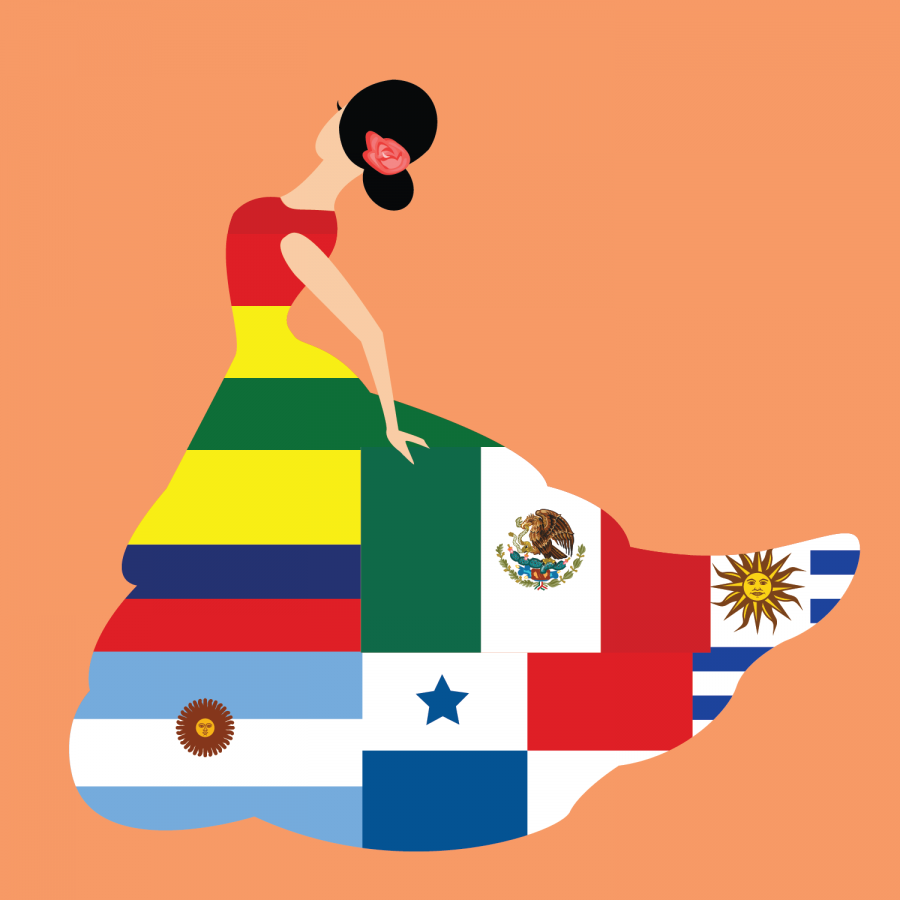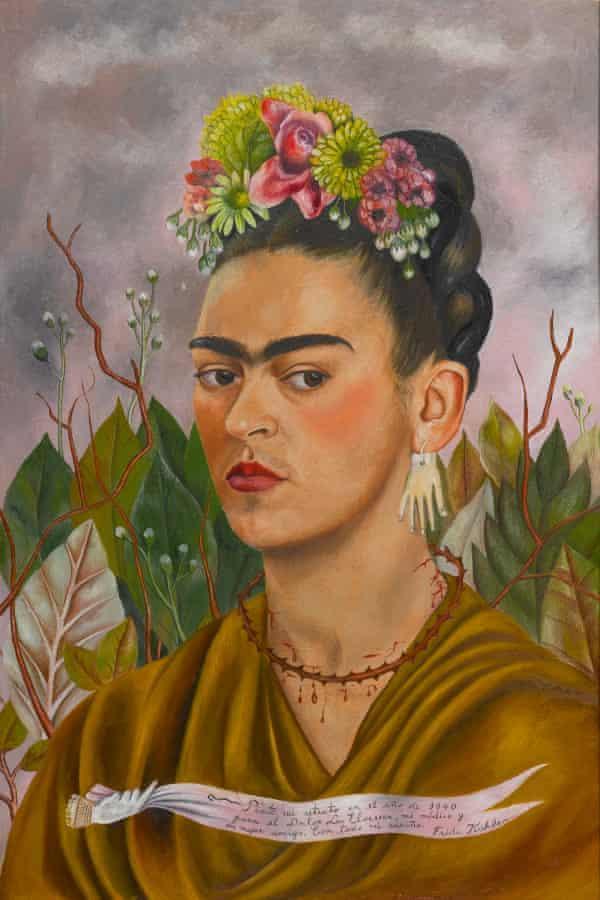National Hispanic American Heritage Month
September 15 to October 15 is celebrated nationwide as National Hispanic Heritage Month. It traditionally honors the cultures and contributions of both Hispanic and Latino Americans as we celebrate heritage rooted in all Latin American countries.
Hispanic refers to a person who is from, or a descendant of someone who is from, a Spanish-speaking country.
Latino/a or Latinx refers to a person who is from, or a descendant of someone who is from, a country in Latin America.
The histories of Latino and Latinas in America are diverse. They include the experiences of people with cultural, religious, and linguistic traditions from Spain, Mexico, Cuba, Puerto Rico, Dominican Republic, Guatemala, El Salvador, Costa Rica, and Nicaragua, among other nations from Latin America and Iberia. It is impossible to tell the experiences of these various groups with a single history. Some arrived in the United States as immigrants or refugees while others trace their ancestry to Spanish-speaking or indigenous peoples living in North America long before the establishment of the United States. Latino/as have established missions and businesses, raised families, built agricultural industries and labor unions, written novels and songs, and fought for civil rights in American courts.
American Latino People:
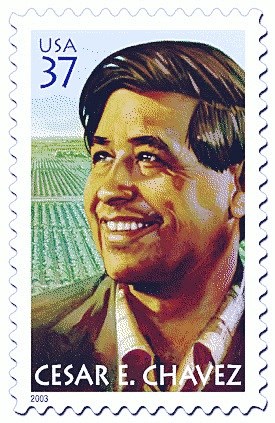
César E. Chávez
Under the leadership of César E. Chávez, along with support from millions of Americans, the farm worker movement joined forces with other reform movements to achieve unprecedented successes that greatly improved working and living conditions and wages for farm workers. During the 1970s the United Farm Workers of America (UFW) grew and expanded from its early roots as a union for farm workers to also become a national voice for the poor and disenfranchised. The enduring legacies of César E. Chávez and the farm worker movement include passage of California's Agricultural Labor Relations Act of 1975, the first law in the U.S. that recognized farm workers' collective bargaining rights.
(Click Image for full Story)
Dolores Clara Fernandez Huerta
Co-founder of the United Farm Workers Association, Dolores Clara Fernandez Huerta is one of the most influential labor activists of the 20th century and a leader of the Chicano civil rights movement. In 1955 Huerta began her career as an activist when she co-founded the Stockton chapter of the Community Service Organization (CSO), which led voter registration drives and fought for economic improvements for Hispanics. She also founded the Agricultural Workers Association. Through a CSO associate, Huerta met activist César Chávez, with whom she shared an interest in organizing farm workers. In 1962, Huerta and Chávez founded the National Farm Workers Association (NFWA), the predecessor of the United Farm Workers’ Union (UFW), which formed three year later. Huerta served as UFW vice president until 1999.
(Click Image for full Story)
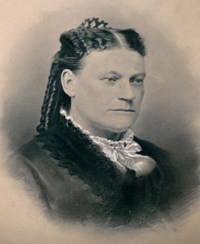
Doña Juana Briones
Doña Juana Briones de Miranda, caring Healer and 19th Century Businesswoman. Only one photo exists that is believed by her relatives to be Juana Briones. This Mexican-American businesswoman, healer and landowner lived on the Presidio as a young woman. Juana made many powerful friends through her generosity and healing skills, allowing her to be one of the few to retain Mexican Land Grants after California statehood.
(Click Image for full Story)Hernando de Soto
Hernando de Soto landed in Florida with 620 men and 220 horses in May of 1539. By 1540, the conquistadors were making their way along the coast of Georgia, South and North Carolina, and into the Ridge and Valley Province of Tennessee, northwest Georgia, and north Alabama looking for gold. Learn more about this Spanish explorer, his journey to and through the Americas.
(Click Image for full Story)




